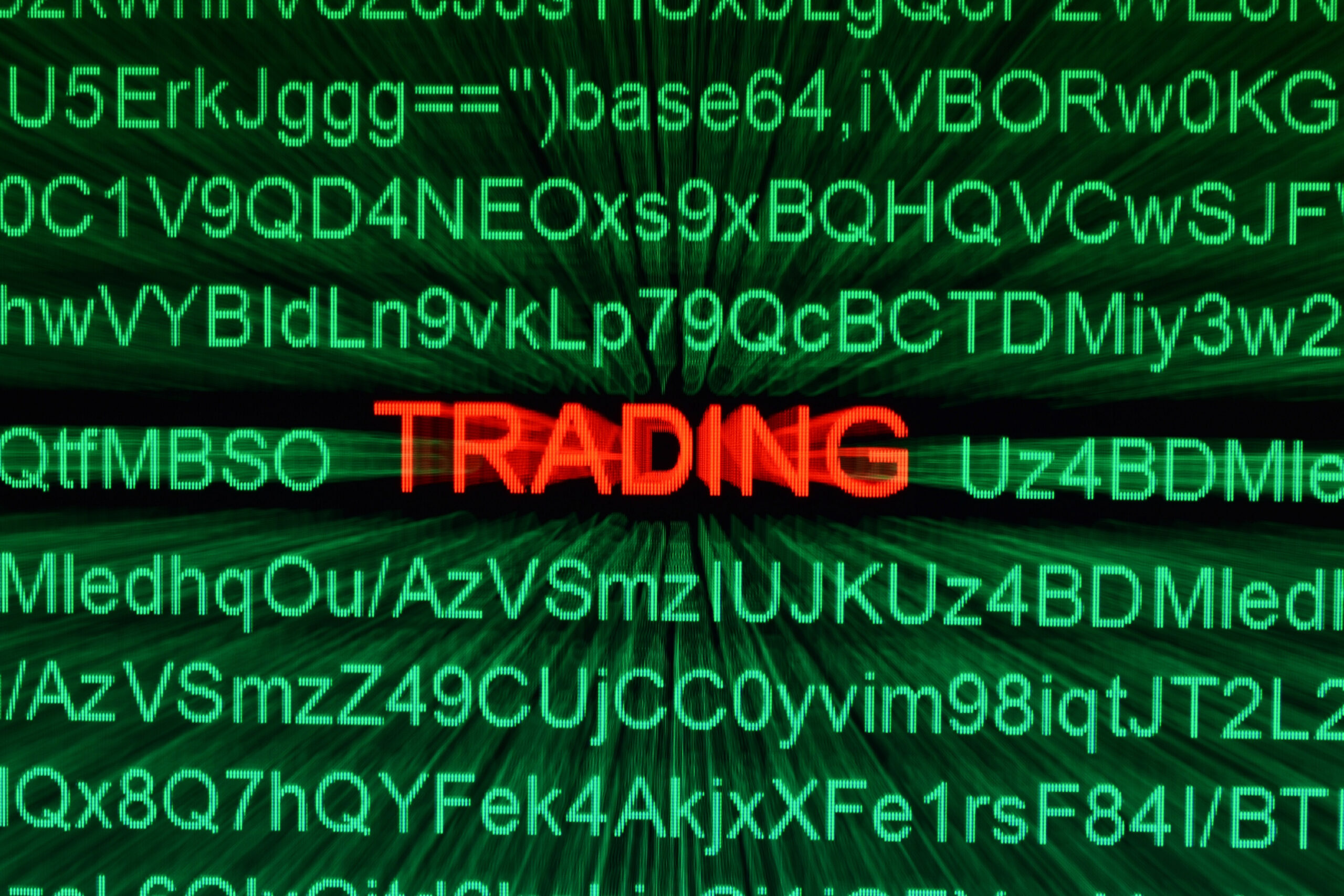Trading futures and trading stocks come with their own sets of rules, risks, and rewards. Let’s break down some of the key differences between the two.
Market Hours
Stock markets have specific opening and closing times, usually from 9:30 a.m. to 4:00 p.m. ET on weekdays. Futures markets, on the other hand, are almost 24/5, giving traders the flexibility to react to global events and news instantly.
Leverage
Futures trading often involves higher leverage, meaning you can control a large contract value with a relatively small amount of capital. While this can amplify gains, it also increases the risk of significant losses. In stock trading, leverage is generally lower, and using it requires a margin account.
Ownership
When you buy a stock, you’re purchasing a piece of ownership in a company. With futures, you’re not buying ownership but rather a contract to buy or sell an asset at a future date. This could be anything from commodities like oil and gold to financial instruments like currency or indices.
Short Selling
In stock trading, short selling can be more complicated and may involve borrowing shares. In futures trading, going short is as straightforward as going long. You’re simply entering a contract to sell an asset, making it easier to profit from falling prices.
Dividends and Voting Rights
Owning stocks often comes with perks like dividends and voting rights in the company. Futures contracts offer no such benefits; they are purely speculative instruments.
Settlement
Stock trading usually involves the actual exchange of shares for money. Most futures contracts, however, are settled in cash, meaning no physical goods change hands. Instead, you’ll either make or lose money based on the difference between the contract price and the market price at the contract’s expiration.
Tax Treatment
The tax implications can also differ. In the United States, for example, futures are generally subject to the 60/40 rule, where 60% of gains or losses are treated as long-term and 40% as short-term, regardless of the holding period. Stock investments held for less than a year are subject to short-term capital gains tax, which can be higher.
Complexity and Skill Level
Futures can be complex and require a good understanding of the market and contract specifications. They’re generally not recommended for beginners. Stock trading is often considered more straightforward and is usually where most traders start.
Strategy
Futures trading is often used for hedging risk in addition to speculation. Stocks are generally bought for capital appreciation and possibly for income through dividends.
Both futures and stocks have their pros and cons, and the best choice depends on your trading style, objectives, and risk tolerance. So, before diving in, make sure you understand the nuances of each to make an informed decision.
More on FOREX
Forex is the largest financial market in the world, with a daily trading volume exceeding $6 trillion.
Key points about the Forex market:
- Currency Pairs: In the Forex market, currencies are traded in pairs. The first currency in the pair is the “base currency,” and the second is the “quote currency.” For example, in the EUR/USD pair, EUR is the base currency, and USD is the quote currency. The price of the pair indicates how much of the quote currency is needed to purchase one unit of the base currency.
- Major, Minor, and Exotic Pairs: Currency pairs are categorized into major, minor, and exotic pairs. Major pairs involve the most traded currencies and include pairs like EUR/USD, USD/JPY, and GBP/USD. Minor pairs include currencies from smaller economies, and exotic pairs involve one major currency and one currency from a developing economy, e.g., USD/TRY (US Dollar/Turkish Lira).
- Over-the-Counter (OTC) Market: Unlike stock markets, which have centralized exchanges, the Forex market operates over the counter. This means there’s no central exchange or physical location for Forex trading; instead, it’s conducted electronically via a network of banks, brokers, and traders.
- 24-Hour Market: The Forex market is open 24 hours a day, five days a week, due to the global nature of the market and the different time zones of major financial centers, such as London, New York, Tokyo, and Sydney.
- Leverage: Forex trading often involves the use of leverage, allowing traders to control a large position with a relatively small amount of capital. While leverage can amplify profits, it also increases the potential for losses.
- Factors Influencing Exchange Rates: Various factors can influence currency exchange rates, including interest rates, economic data, geopolitical events, and market sentiment.
- Participants: The Forex market has a wide range of participants, including central banks, commercial banks, hedge funds, corporations, retail traders, and more.
- Purpose: While many participate in the Forex market for speculative reasons, aiming to profit from price fluctuations, others, like multinational corporations, might use the Forex market to hedge against currency risk associated with their international operations.
In summary, the Forex market is a vast and liquid global marketplace where national currencies are traded. It plays a crucial role in global trade and finance. Whether for speculative trading, hedging, or other financial needs, the Forex market facilitates a wide range of currency-related activities for participants worldwide.
